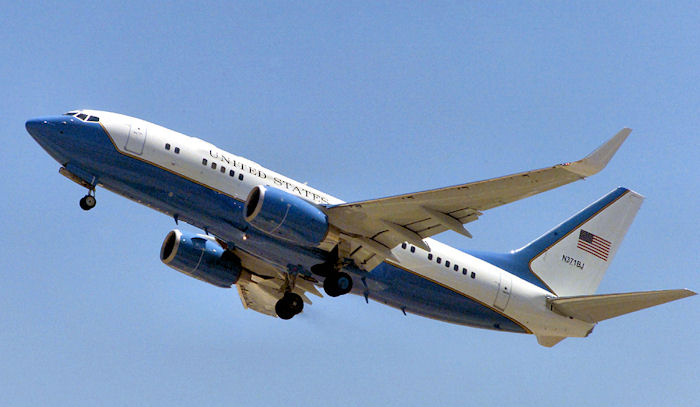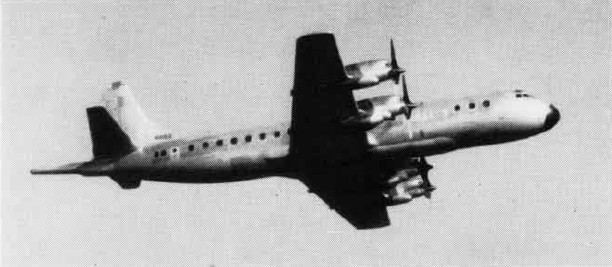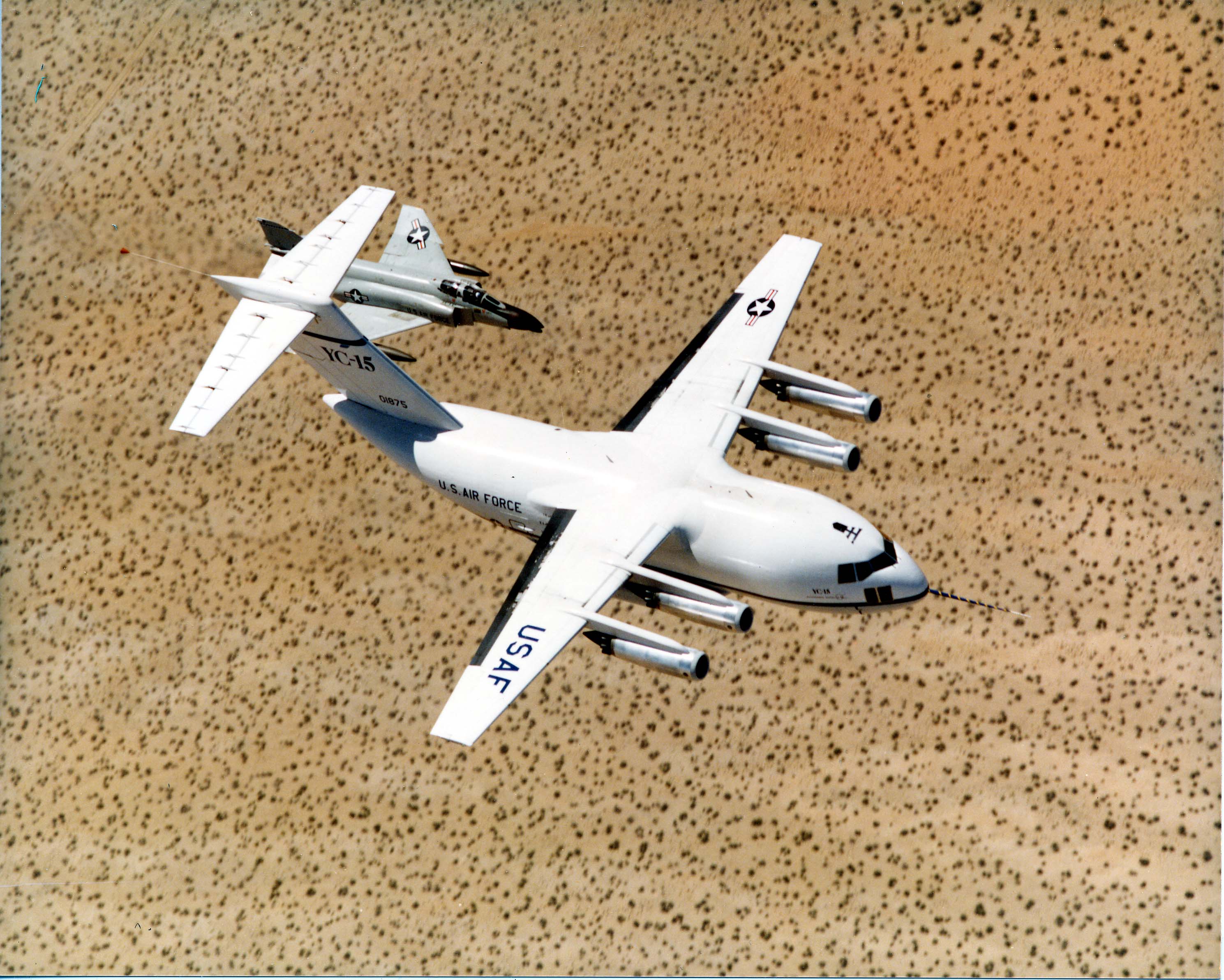|
Sigonella, Italy
Naval Air Station (NAS) Sigonella is an Italian Air Force base ('' it, Aeroporto "Cosimo Di Palma" di Sigonella''), and a U.S. Navy installation at Italian Air Force Base Sigonella in Sicily, Italy. The whole NAS is a tenant of the Italian Air Force, which has the military and the administrative control. It serves as an Italian base for the 41º Stormo Antisom (41st Antisubmarine Warfare Wing). NAS Sigonella acts also as landlord to more than 40 other U.S. commands and activities. It is located west and south of the city of Catania, and some south of Mount Etna. The NAS is located in the western part of the large airport structure, while the Italian military base is located in the eastern part. Because of its location near the center of the Mediterranean Sea, NASSIG is well placed to support operations by the U.S. 6th Fleet, other U.S. military units, and U.S. allies and coalition partners. Among the aircraft that fly from this island base are Italian Air Force ATR 7 ... [...More Info...] [...Related Items...] OR: [Wikipedia] [Google] [Baidu] |
Catania
Catania (, , Sicilian and ) is the second largest municipality in Sicily, after Palermo. Despite its reputation as the second city of the island, Catania is the largest Sicilian conurbation, among the largest in Italy, as evidenced also by the presence of important road and rail transport infrastructures as well as by the main airport in Sicily, fifth in Italy. It is located on Sicily's east coast, at the base of the active volcano, Mount Etna, and it faces the Ionian Sea. It is the capital of the 58-municipality region known as the Metropolitan City of Catania, which is the seventh-largest metropolitan city in Italy. The population of the city proper is 311,584, while the population of the Metropolitan City of Catania is 1,107,702. Catania was founded in the 8th century BC by Chalcidian Greeks. The city has weathered multiple geologic catastrophes: it was almost completely destroyed by a catastrophic earthquake in 1169. A major eruption and lava flow from nearby Mount ... [...More Info...] [...Related Items...] OR: [Wikipedia] [Google] [Baidu] |
United States Sixth Fleet
The Sixth Fleet is a numbered fleet of the United States Navy operating as part of United States Naval Forces Europe. The Sixth Fleet is headquartered at Naval Support Activity Naples, Italy. The officially stated mission of the Sixth Fleet in 2011 is that it "conducts the full range of Maritime Operations and Theater Security Cooperation missions, in concert with coalition, joint, interagency, and other parties, in order to advance security and stability in Europe and Africa." The current commander of the Sixth Fleet is Vice Admiral Thomas E. Ishee. The Sixth Fleet was established in February 1950 by redesignation of the former Sixth Task Fleet, which in turn was the 1948 redesignation of U S Naval Forces, Mediterranean. Since that time, it has been continually engaged in world affairs around the Mediterranean, and, on occasion, further afield. It was involved in numerous NATO maritime exercises, the U.S. Lebanese intervention of 1958, confrontation with the Soviets during th ... [...More Info...] [...Related Items...] OR: [Wikipedia] [Google] [Baidu] |
Southwest Asia
Western Asia, West Asia, or Southwest Asia, is the westernmost subregion of the larger geographical region of Asia, as defined by some academics, UN bodies and other institutions. It is almost entirely a part of the Middle East, and includes Anatolia, the Arabian Peninsula, Iran, Mesopotamia, the Armenian highlands, Armenian Highlands, the Levant, the island of Cyprus, the Sinai Peninsula, and partly the Caucasus, Caucasus Region (Transcaucasia). The region is considered to be separated from Africa by the Isthmus of Suez in Egypt, and separated from Europe by the waterways of the Turkish Straits and the watershed of the Greater Caucasus. Central Asia lies to its northeast, while South Asia lies to its east. Twelve seas surround the region (clockwise): the Aegean Sea, the Sea of Marmara, the Black Sea, the Caspian Sea, the Persian Gulf, the Gulf of Oman, the Arabian Sea, the Gulf of Aden, the Red Sea, the Gulf of Aqaba, the Gulf of Suez, and the Mediterranean Sea. Western Asia cove ... [...More Info...] [...Related Items...] OR: [Wikipedia] [Google] [Baidu] |
CONUS
''Conus'' is a genus of predatory sea snails, or cone snails, marine gastropod mollusks in the family Conidae.Bouchet, P.; Gofas, S. (2015). Conus Linnaeus, 1758. In: MolluscaBase (2015). Accessed through: World Register of Marine Species at http://www.marinespecies.org/aphia.php?p=taxdetails&id=137813 on 2015-11-12 Prior to 2009, cone snail species had all traditionally been grouped into the single genus ''Conus''. However, ''Conus'' is now more precisely defined, and there are several other accepted genera of cone snails. For a list of the currently accepted genera, see Conidae. Description The thick shell of species in the genus ''Conus'' sensu stricto, is obconic, with the whorls enrolled upon themselves. The spire is short, smooth or tuberculated. The narrow aperture is elongated with parallel margins and is truncated at the base. The operculum is very small relative to the size of the shell. It is corneous, narrowly elongated, with an apical nucleus, and the impressi ... [...More Info...] [...Related Items...] OR: [Wikipedia] [Google] [Baidu] |
C-40 Clipper
The Boeing C-40 Clipper is a military version of the Boeing 737 Next Generation used to transport cargo and passengers. It is used by the United States Navy, Air Force, and Marine Corps. The Navy C-40A variant is named "Clipper", whereas the USAF C-40B/C variants are officially unnamed. Design and development The C-40 combines the Boeing 737-700 fuselage with the strengthened wings and landing gear of the larger and heavier 737-800. It also has auxiliary fuel tanks allowing an unrefueled range of up to compared with for the standard 737-700. C-40A First flight took place in April 2000 and the first of the C-40A aircraft entered service in April 2001. The U.S. Navy Reserve was the first customer for a 737 Next Generation based "combi" aircraft (capable of transporting cargo and passengers). The Clipper was ordered by the U.S. Navy to replace its fleet of aging C-9B Skytrain IIs. The C-40A is the first new logistics aircraft in 17 years to join the U.S. Navy Reserve. The N ... [...More Info...] [...Related Items...] OR: [Wikipedia] [Google] [Baidu] |
C-2 Greyhound
The Grumman C-2 Greyhound is a twin-engine, high-wing cargo aircraft designed to carry supplies, mail, and passengers to and from List of United States Navy aircraft carriers, aircraft carriers of the United States Navy. Its primary mission is carrier onboard delivery (COD). The aircraft provides critical logistics support to carrier strike groups. The aircraft is mainly used to transport high-priority cargo such as jet engines and special stores, mail, and passengers between carriers and shore bases. Prototype C-2s first flew in 1964, and production followed the next year. The initial Greyhound aircraft were overhauled in 1973. In 1984, more C-2As were ordered under designation Reprocured C-2A or C-2A(R). In 2010, all C-2A(R) aircraft received updated propellers (from four to eight blades) and navigational updates (glass cockpit). The U.S. Navy is to start to replace the remaining 27 C-2As with 38 Bell Boeing V-22 Osprey#Operational history#U.S Navy, CMV-22Bs in 2020 with full ... [...More Info...] [...Related Items...] OR: [Wikipedia] [Google] [Baidu] |
Boeing P-8 Poseidon
The Boeing P-8 Poseidon is an American maritime patrol and reconnaissance aircraft developed and produced by Boeing Defense, Space & Security, and derived from the civilian Boeing 737-800. It was developed for the United States Navy (USN). The P-8 operates in the anti-submarine warfare (ASW), anti-surface warfare (ASUW), and intelligence, surveillance and reconnaissance (ISR) roles. It is armed with torpedoes, Harpoon anti-ship missiles, and other weapons, can drop and monitor sonobuoys, and can operate in conjunction with other assets, including the Northrop Grumman MQ-4C Triton maritime surveillance unmanned aerial vehicle (UAV). The P-8 is operated by the United States Navy, the Indian Navy, the Royal Australian Air Force, and the United Kingdom's Royal Air Force. It has also been ordered by the Royal Norwegian Air Force, the Royal New Zealand Air Force, the Republic of Korea Navy, and the German Navy. Development Origins The Lockheed P-3 Orion, a turboprop ASW aircraft ... [...More Info...] [...Related Items...] OR: [Wikipedia] [Google] [Baidu] |
P-3 Orion
The Lockheed P-3 Orion is a four-engined, turboprop anti-submarine and maritime surveillance aircraft developed for the United States Navy and introduced in the 1960s. Lockheed based it on the L-188 Electra commercial airliner. The aircraft is easily distinguished from the Electra by its distinctive tail stinger or "MAD" boom, used for the (MAD) of submarines. Over the years, the aircraft has seen numerous design developments, most notably in its electronics packages. Nume ... [...More Info...] [...Related Items...] OR: [Wikipedia] [Google] [Baidu] |
Tanker (aircraft)
Aerial refueling, also referred to as air refueling, in-flight refueling (IFR), air-to-air refueling (AAR), and tanking, is the process of transferring aviation fuel from one aircraft (the tanker) to another (the receiver) while both aircraft are in flight. The two main refueling systems are ''probe-and-drogue'', which is simpler to adapt to existing aircraft, and the ''flying boom'', which offers faster fuel transfer, but requires a dedicated boom operator station. The procedure allows the receiving aircraft to remain airborne longer, extending its range or loiter time. A series of air refuelings can give range limited only by crew fatigue/physical needs and engineering factors such as engine oil consumption. As the receiver aircraft can be topped up with extra fuel in the air, air refueling can allow a takeoff with a greater payload which could be weapons, cargo, or personnel: the maximum takeoff weight is maintained by carrying less fuel and topping up once airborne. Aerial ... [...More Info...] [...Related Items...] OR: [Wikipedia] [Google] [Baidu] |
KC-10
The McDonnell Douglas KC-10 Extender is an American aerial refueling tanker aircraft operated by the United States Air Force (USAF). A military version of the three-engine DC-10 airliner, the KC-10 was developed from the Advanced Tanker Cargo Aircraft Program. It incorporates military-specific equipment for its primary roles of transport and aerial refueling. It was developed to supplement the KC-135 Stratotanker following experiences in Southeast Asia and the Middle East. The KC-10 was the second McDonnell Douglas transport aircraft to be selected by the Air Force following the C-9. A total of 60 KC-10s were produced for the USAF. The Royal Netherlands Air Force operated two similar tankers designated ''KDC-10'' that were converted from DC-10s. The KC-10 plays a key role in the mobilization of US military assets, taking part in overseas operations far from home. These aircraft performed airlift and aerial refueling during the 1986 bombing of Libya (Operation Eldorado Canyon ... [...More Info...] [...Related Items...] OR: [Wikipedia] [Google] [Baidu] |
KC-135
The Boeing KC-135 Stratotanker is an American military aerial refueling aircraft that was developed from the Boeing 367-80 prototype, alongside the Boeing 707 airliner. It is the predominant variant of the C-135 Stratolifter family of transport aircraft. The KC-135 was the United States Air Force's first jet-powered refueling tanker and replaced the KC-97 Stratofreighter. The KC-135 was initially tasked with refueling strategic bombers, but it was used extensively in the Vietnam War and later conflicts such as Operation Desert Storm to extend the range and endurance of US tactical fighters and bombers. The KC-135 entered service with the United States Air Force (USAF) in 1957; it is one of nine military fixed-wing aircraft with over 60 years of continuous service with its original operator. The KC-135 is supplemented by the larger McDonnell Douglas KC-10 Extender. Studies have concluded that many of the aircraft could be flown until 2030, although maintenance costs have grea ... [...More Info...] [...Related Items...] OR: [Wikipedia] [Google] [Baidu] |
Boeing C-17 Globemaster III
The McDonnell Douglas/Boeing C-17 Globemaster III is a large military transport aircraft that was developed for the United States Air Force (USAF) from the 1980s to the early 1990s by McDonnell Douglas. The C-17 carries forward the name of two previous piston-engined military cargo aircraft, the Douglas C-74 Globemaster and the Douglas C-124 Globemaster II. The C-17 is based upon the McDonnell Douglas YC-15, YC-15, a smaller prototype airlifter designed during the 1970s. It was designed to replace the Lockheed C-141 Starlifter, and also fulfill some of the duties of the Lockheed C-5 Galaxy. Compared to the YC-15, the redesigned airlifter differed in having swept wings, increased size, and more powerful engines. Development was protracted by a series of design issues, causing the company to incur a loss of nearly US$1.5 billion on the program's development phase. On 15 September 1991, roughly one year behind schedule, the first C-17 performed its maiden flight. The C-17 formally ... [...More Info...] [...Related Items...] OR: [Wikipedia] [Google] [Baidu] |









